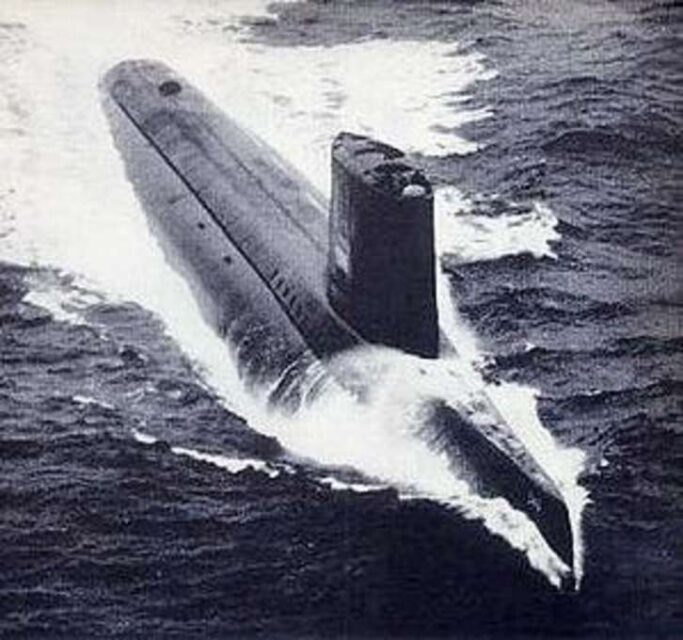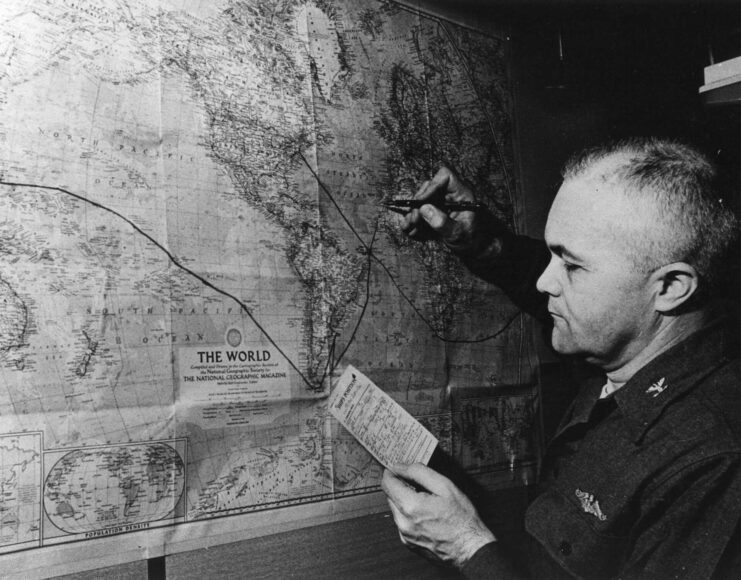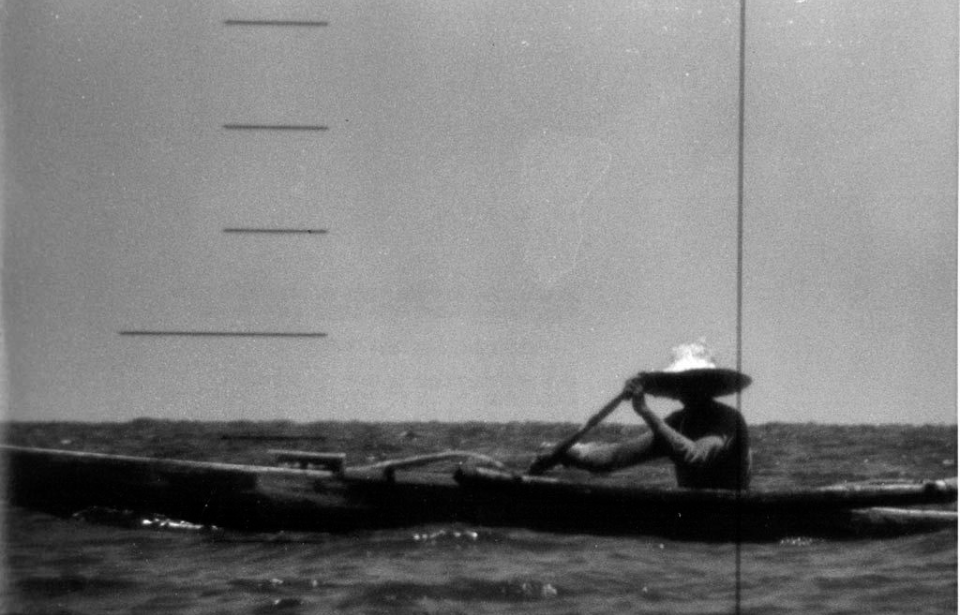The Cold War saw the development of nuclear submarines by both the United States and the Soviet Union. One of them was the US Navy’s USS Triton (SSRN-586), a true beast of a vessel. For her shakedown cruise, Triton circumnavigated the globe, during which she spotted a young fisherman, Rufino Baning, while transiting near the Philippines.

Triton was the only submarine to be built within the Triton-class, and was the only Western submersible to be powered by not just one, but two nuclear reactors. She was commissioned in November 1959 under the command of Capt. Edward L. Beach Jr., and was the most expensive, largest and powerful submarine to ever enter service up to that point.
Capable of traveling upwards of 27 knots while submerged, Triton was developed to accompany carrier battle groups. She could serve in two roles – radar-picket and attack – which dictated the size of her crew. To ensure she could adequately defend herself and the vessels she accompanied, she was equipped with six 21-inch Mk 60 torpedo tubes.
Triton‘s most famous achievement was her participation in Operation Sandblast, which saw her shakedown cruise double as the first time a vessel circumnavigated the globe while submerged. Occurring between February 24 and April 25, 1960, the journey saw the submarine travel 26,723 nautical miles along the route taken by Ferdinand Magellan in the 1500s.
The Featured Image of this article shows fisherman Rufino Baning paddling through Magellan Bay, in the Philippines. Spotted by Triton, the 19-year-old was also the only witness to the submarine’s movements in the Pacific.
His identity was unknown at the time, but National Geographic, which had covered Triton‘s voyage, later found him on the island of Macton. When asked about the encounter, Baning revealed that he’d thought the submarine’s periscope was the “gleaming mysterious eye” of a sea monster.
During Operation Sandblast, Triton gathered hydrographic, oceanographic, psychological, geophysical and gravimetric data. She also showed Soviet Premier Nikita Khrushchev the power of US naval technology. At the time, The New York Times called it “a triumph of human prowess and engineering skill, a feat which the United States Navy can rank as one of its bright victories in man’s ultimate conquest of the seas.”

More from us: USS California (BB-44): The Battleship That Survived Pearl Harbor and a Kamikaze Strike
Want War History Online‘s content sent directly to your inbox? Sign up for our newsletter here!
Triton continued to serve with the US Navy until 1967, at which point she was slated for inactivation. Following preservation and deactivation work between October 1968 and May ’69, she was finally decommissioned, becoming the first nuclear submarine to be taken out of service in the United States.
